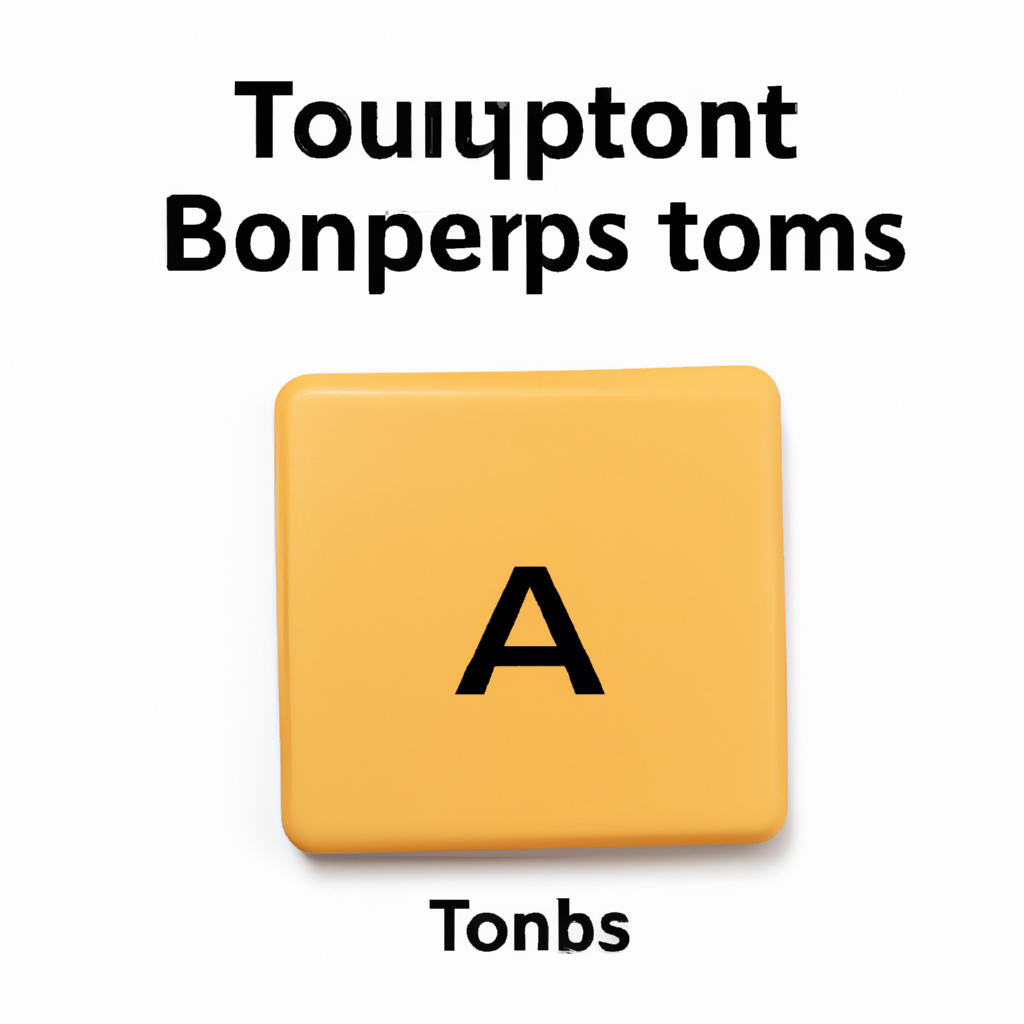Recognizing Double Tops and Bottoms
Introduction
Double tops and bottoms are common chart patterns in technical analysis that can provide valuable insights into market trends. By understanding how to recognize these patterns, traders and investors can make more informed decisions and potentially profit from price reversals. In this article, we will explore the characteristics of double tops and bottoms and discuss how to identify them on price charts.
What are Double Tops and Bottoms?
Double tops and bottoms are reversal patterns that occur after an extended uptrend or downtrend, respectively. They are formed when the price reaches a certain level twice, creating a distinct pattern on the chart. Double tops indicate a potential trend reversal from bullish to bearish, while double bottoms suggest a shift from bearish to bullish.
Recognizing Double Tops
Double tops are characterized by two consecutive peaks that reach a similar price level, separated by a trough in between. Here are the key steps to identify a double top pattern:
1. Uptrend: Double tops typically form after an extended uptrend, indicating a potential trend reversal.
2. First Peak: The price reaches a high point, forming the first peak.
3. Trough: A pullback occurs, and the price retraces to a certain level, forming a trough.
4. Second Peak: The price rallies again, but fails to surpass the first peak, forming the second peak.
5. Neckline: Draw a line connecting the two troughs. This line is called the neckline and acts as a support level.
Confirmation and Trading Strategy
To confirm the double top pattern, traders look for a decisive break below the neckline. This break serves as a signal to enter a short position or sell existing long positions. The price target is often calculated by measuring the distance between the neckline and the highest point of the pattern and projecting it downward from the breakout point.
Recognizing Double Bottoms
Double bottoms are the opposite of double tops and indicate a potential trend reversal from bearish to bullish. Here’s how to identify a double bottom pattern:
1. Downtrend: Double bottoms typically form after an extended downtrend, suggesting a potential reversal.
2. First Trough: The price reaches a low point, forming the first trough.
3. Rally: A recovery occurs, and the price bounces back from the first trough.
4. Second Trough: The price declines again but fails to break below the first trough, forming the second trough.
5. Neckline: Connect the two peaks with a line, known as the neckline, which acts as a resistance level.
Confirmation and Trading Strategy
To confirm the double bottom pattern, traders wait for a decisive break above the neckline. This breakout serves as a signal to enter a long position or cover existing short positions. The price target is often determined by measuring the distance between the neckline and the lowest point of the pattern and projecting it upward from the breakout point.
Conclusion
Recognizing double tops and bottoms can be a valuable skill for traders and investors. These patterns provide insights into potential trend reversals, allowing market participants to make informed decisions. By understanding the characteristics and identification techniques of double tops and bottoms, traders can enhance their technical analysis skills and improve their overall trading strategies.
